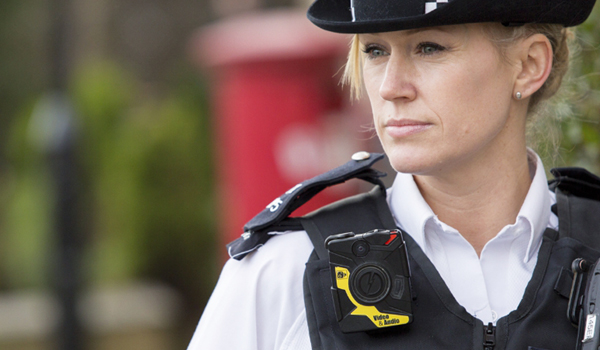Cameras more effective in high crime areas
Police surveillance cameras are more effective at reducing crime in high-crime areas than in low-crime areas, according to a recent study. The report, Spread too thin: analysing the effectiveness of the Chicago camera network on crime, suggests that blue-light cameras should be concentrated in high-crime areas rather than spread throughout a city.

Police surveillance cameras are more effective at reducing crime in high-crime areas than in low-crime areas, according to a recent study. The report, Spread too thin: analysing the effectiveness of the Chicago camera network on crime, suggests that blue-light cameras should be concentrated in high-crime areas rather than spread throughout a city.
This hotspot approach differs from the way cameras are used in many cities, says the reports co-author Rajiv Shah, the University of Illinois at Chicago adjunct assistant professor of communication, who studies the legal and policy implications of communication technologies.
The idea championed by former mayor of Chicago Richard Daley of placing a camera on every corner results in the vast majority of those cameras having little or no impact on reducing crime, said Mr Shah.
Mr Shah and co-author Jeremy Braithwaite, a doctoral student at the University of California-Irvine, analysed two previous studies one by students at Northwestern University and the other by the Chicago Police Department that investigated the effectiveness of Chicagos surveillance network.
Their analysis indicates that the initial crime level of an area where a camera was placed had a significant effect on the cameras overall impact. Cameras in high-crime areas were associated with large reductions in crimes, while medium to low-crime areas experienced minimal change.
Diffusing a large number of cameras throughout a city does not appear to be effective in reducing crime, said Mr Shah. Instead, the targeted use of a smaller number of cameras in high crime areas is much more effective.
The researchers offer three possible explanations for the findings: high crime areas are likely to have increased police presence and additional strategies at work; cameras in high crime areas are more likely to be monitored at all times; the apparent drop in crime in high-crime areas could be partly due to regression to the mean a statistical effect in which first measurements are extreme and the second measurement tends to be closer to the average.
The researchers describe the impact of surveillance in high-crime areas as the catalyst effect of cameras.
The act of placing cameras in high crime areas pushes the police to focus their efforts in these areas, thus reducing crime, Mr Shah said.
He added that further research with experimental controls would be needed to separate out the effects of other policing efforts and to isolate the catalyst effect of cameras, while technological advances may also help measure the benefit that cameras provide.
Cameras have limitations, said Mr Shah. They are only as good as their technology and the person watching the camera.


